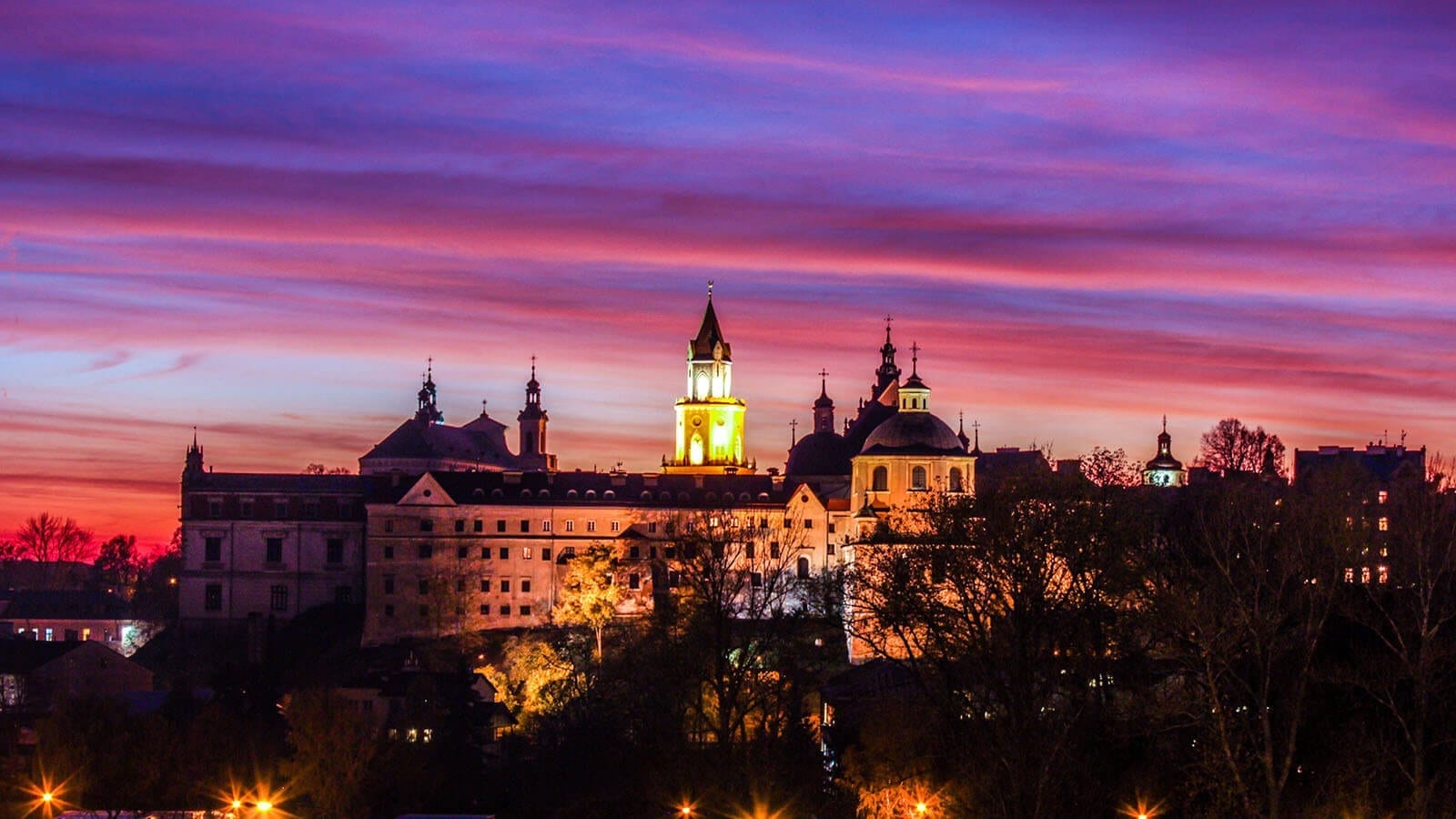Let’s start from addressing the elephant in the room – yes, Lublin is probably the most underrated city in Poland. Its location doesn’t make it ideal for tourists, who often travel on the axe Gdańsk-Warsaw-Kraków. And that’s a huge mistake! As a major city for trade and commerce in the region, Lublin becomes the capital of the eastern part of Poland. Situated between Krakow and Vilnius, 99 kilometres from the Ukraine border and just 88 kilometres from the Belarus entrance, is probably the reason why Lublin is often called a polish “gate of the east”. Fact is that there is an infinite amount of things to do and places to visit in the city, so that’s why I made a list of 10 the best ones!
Old Town (Stare miasto)
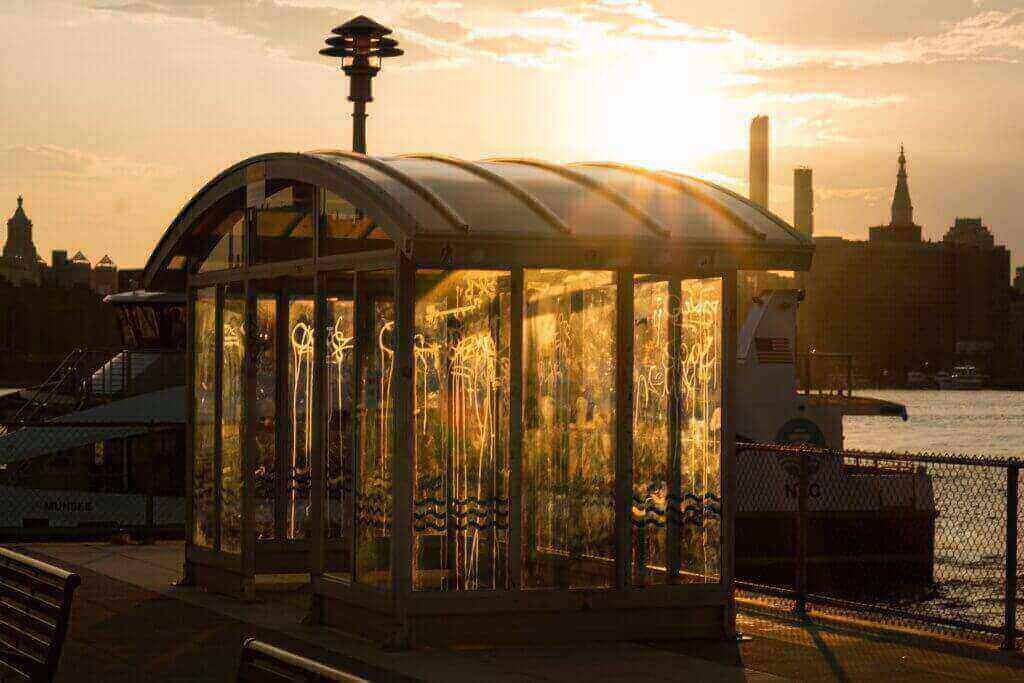
Usually, Old Town is a showcase of a city with a rich history and tradition. Lublin’s Old Town is particularly impressive because it is more enclosed than most other Old Towns in Polish cities. There is a remarkable contrast between the old and the new. A short distance from neighbouring countries on the east influenced Lublin’s architecture and culture. I agree – sightseeing in the old town is not the most fun part of exploring the new city. But in most places, that is the only chance to see plenty of poky side streets and alleys while sampling the coolest pubs, cafés and restaurants. In that particular example – the coolest in Eastern Poland.
St. John the Baptist’s Cathedral
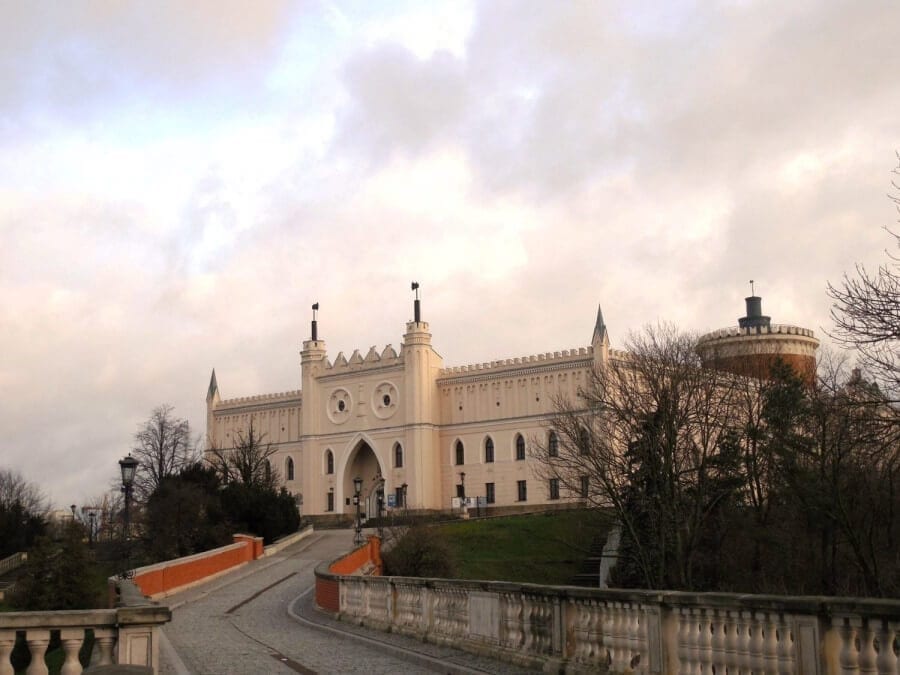
This is Poland, so influences of Christianity are inevitable. But that’ t, not necessarily a bad thing. Each Polish city has its fair portion of Roman Catholic Churches. While there are many in Lublin, most tourists don’t go inside. Well, no matter what religion you represent, you still can admire artistry and craftship of architects, painters and sculptors. And the best place to do so is 16th-century St. John the Baptist’s Cathedral. The very well-decorated and stunning interior will also allow you to understand Polish religious culture better.
Lublin Castle

Within the borders of the Old Town, you can find Lublin Castle. Once you enter into the complex, you will be stricken by beautifully restored brick structures and contrasting with them snow-white walled entrance. That is one of the most significant buildings in the region. After restoration, Lublin Castle becomes a real medieval jewel from the 15th century, and inside it, there is a Gothic chapel and a museum. It also sits at a good vantage point overlooking parts of the city. Even if you are not a history buff, the views will make your Instagram pops!
Starówka restaurant

While being in Lublin, you can get some insides of culinary delights of that region. And the range of restaurants is vast, mostly within the Old Town and Krakowskie Przedmieście. Go to the restaurant Starówka for the finest pierogi (homemade Polish dumplings) and local beer. Don’t let the tavern look discouraged you – if you seek most regional meal, Starówka is the best there is in Lublin.
Chapel of the Holy Trinity
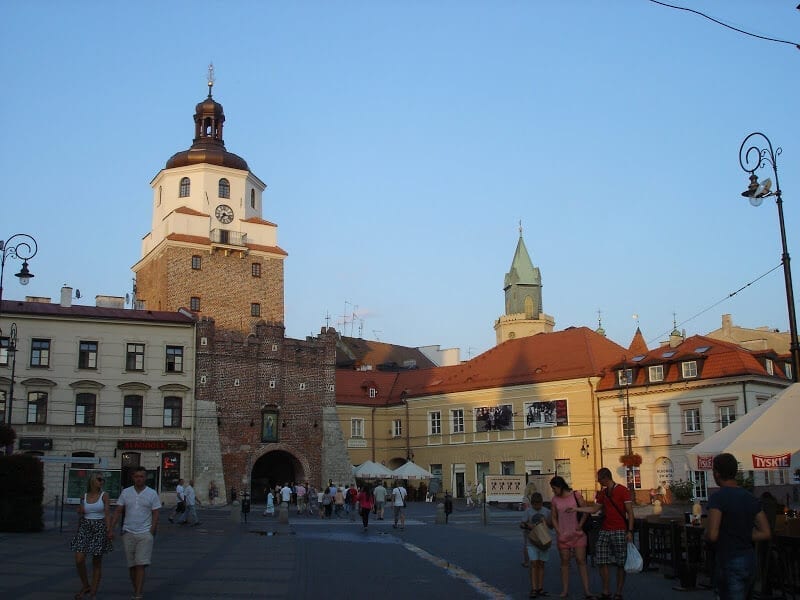
Like we established before – Lublin’s location is the reason for a unique sense of style in the church art. Chapel of the Holy Trinity is an excellent example of cooperation between the Eastern Orthodox church and western Roman Catholicism. The chapel is located in the castle’s courtyard it could have been raised at the same time as the keep, at the beginning of the 15th century. That’s when the interiors repainted with Byzantine-style frescoes, completed in 1418. Those paintings are in exceptional condition and, but also have the only contemporary portraits of King Władysław Jagiełło.
Maria Curie-Skłodowska University Botanical Garden

Nothing completes architecture better than a neat field of green. After walking and exploring Lublin’s city landscape, it’s good to ease your eyes in the beautiful garden. And Maria Curie-Skłodowska University Botanical Garden is the best in town. 25 hectares of thrifting collections and in it, more than 6,500 plant species of arboretum, marshland, rock garden, rose garden, greenhouses and formal apothecary. This botanical garden was laid out in 1956 on the north slope of the Czechówka River. Even if you are not a botanically-minded person, the landscape is highly picture-friendly, with lots of water features, ravines and walking paths that weave into dense woodland. To complete your visit in style and not leave you thirsty, there is a tiny but adorable cafe, on the edge of the garden.
Lublin Underground Trail
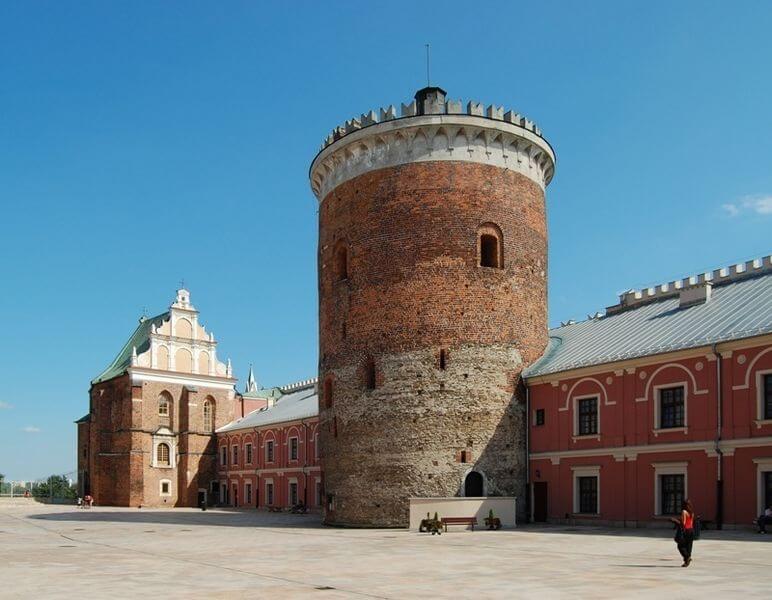
Like every significant royal palace complex, Lublin’s castle have proper dungeons! After all day of walking around churches and chapels, entering the Crown Tribunal seems like a thrilling adventure in Indiana Jones-style. And I promise those tunnels won’t disappoint you. Once you set off, you will experience the interlinked cellars of Lublin’s 16th and 17th-century townhouses. The trail is almost 300 metres long and will lead you into 14 exhibition rooms. These have scale models showing Lublin’s changing cityscape from the 700s to the end of the 17th century. You will also find out about where merchants used to store their wares and what kind of events moulded the city: invasions, epidemics or the fire of 1719. You’ll also find out about the signing of the Union of Lublin forming the Polish-Lithuanian Commonwealth super-state. Highly engaging activity, fun and learning history!
Multimedia fountains at Litewski square

Once you get on the Krakowskie Przedmieście street, you come across the Litewski square and its famous fountains. During the summer, multimedia performances are organized that are quite spectacular. They contain remarkable stories with angels and histories of Lublin and the region. So far they are made only in polish language, so foreigners might have a little difficulty, unfortunately. But don’t be afraid to ask someone near you, to summarize the story!
Village Open Air Museum

Lublin is excellent, but sometimes you just need to escape the city, into the wild. On your way to the heart of the wilderness, you can drop by to the Village Open Air Museum. This is one of the most prominent open-air museums in Poland. It’s at the outskirts of Lublin, right in the Czechowka river valley. The mission of that institution is to present the village life with the cultural traditions of people living in the Lublin province. The museum occupies an area of almost 30 hectares and gives you the sense of being in the real countryside as you walking paths between reconstructed windmills, thatched cottages and workshops from the 18th and 19th centuries. Inside there are collections of vintage tools, personal possessions, furniture, while farmyard animals such as chickens or goats. It’s like a small town on its own, with amenities like a bar, post office, dentist, as well as a little lake for a bit of photo shoot. Museum also organizes several events for Christmas, winter, easter and other occasions.
Centre for the Meeting of Cultures (Centrum Spotkania Kultur)

Every great city was built upon collisions of different cultures. Lublin also has such a desire, and that’s why he created a research centre, that focus on phenomena of present of learning that shapes relationships that define reality. Open, interactive and contemporary culture. By promoting mutual tolerance and respect, that institution aims to eliminate prejudices related to other cultures and dissemination European and world values. The CSK is open to small towns and young people, to help build the image of Lublin and the region based on ecology and the culture of understanding it. The institution will also be a place that will attract various circles: from the St. Nicholas Orchestra, through the Citadel Sirius Association, the new circus, graffiti and hip-hop artists, chess players, to independent cinema. The Lublin centre will be open to other performances, exhibitions and festivals. If you’re looking for a place to experience culture at its youngest and most committed level, you just found the place!

